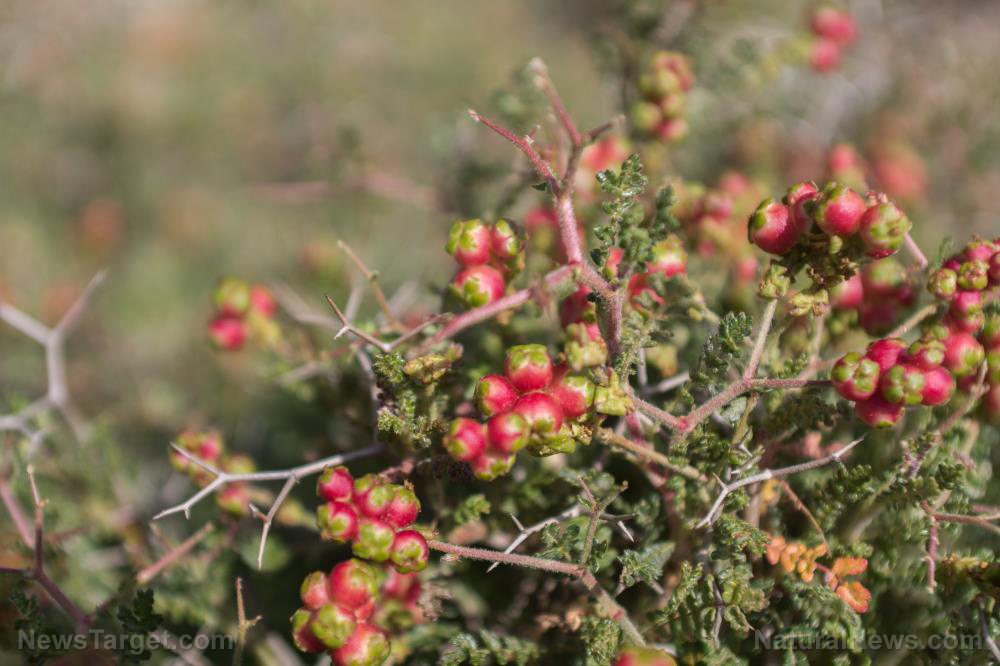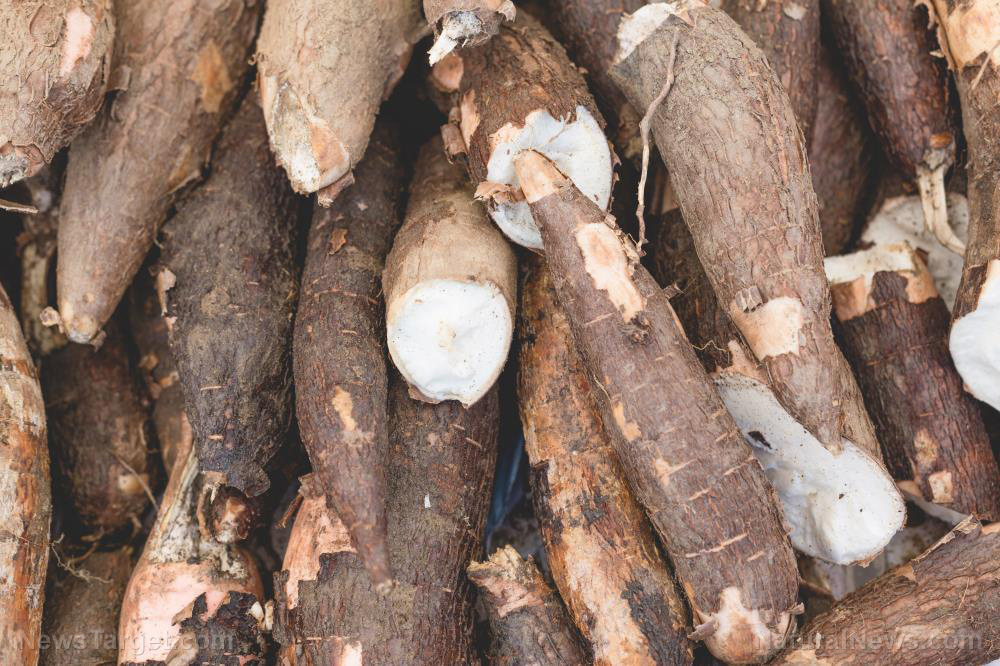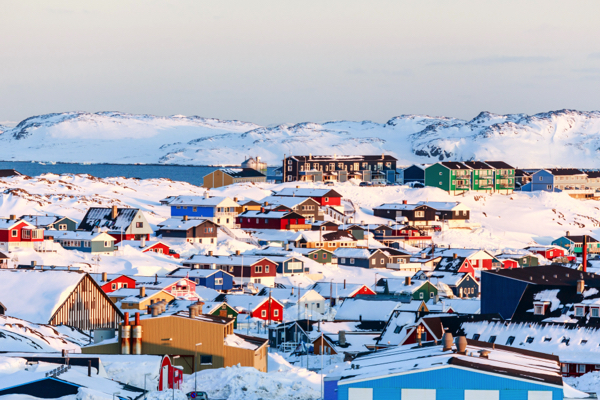12 Shrubs and trees you should have in your permaculture garden
By divinaramirez // 2021-07-06
Tweet
Share
Copy

Permaculture, a portmanteau of "permanent agriculture," is a method of gardening that enables plants to take care of each other and of the garden as a whole.
In a permaculture garden, each plant has a specific purpose. Some plants are used exclusively for food. Others are planted for medicine. Some plants are even used to attract beneficial insects, while others deter pests.
There are also plants grown to improve soil health and those grown only to decorate the garden. It is this emphasis on plant diversity that distinguishes a permaculture garden from your average garden.
Therefore, you won't just find vegetable crops and herbs in a permaculture garden. If you're interested to start your own, then you'd have to plant shrubs and trees as well.
Here are 12 shrubs and trees you may want to consider growing:
1. Elderberries
The small purple berries and white flowers of the elderberry shrub are loaded with antioxidants that may help boost your immune system. Natural healers use elderberries to prevent the common cold and relieve its symptoms. Elderberry shrubs are native to North America. They also thrive in various other climates. Elderberries are fairly easy to grow. You can propagate them from cuttings or start from seeds.2. Witch hazel
Witch hazel is a shrub native to North America with a history of use in traditional medicine. Because the plant had astringent properties, it was often used to clean wounds, scrapes and cuts. (Related: How to make a healing essential oil remedy for minor cuts and scrapes.) Witch hazel shrubs produce fragrant flowers from October to December. Their flowers have a citrus scent and come in a beautiful orange color reminiscent of fall. Witch hazel thrives best under full sun and rich soil. It requires regular watering. Mulching the soil will help keep it from drying out too quickly.3. White willow
White willow can grow up to 80 feet, so make sure you have enough space if you want to have this tree in your garden. It is a fast-growing tree with low-hanging branches. It thrives best in moist soil but can tolerate clay-like soil and flood-prone land. Willow trees provide a number of resources, including wood and medicine. Its wood is flexible, which makes it a great choice for furniture and wooden fixtures. The bark of this tree contains an active ingredient used in aspirin, which is why it is traditionally used to treat headaches, muscle or joint pain, menstrual cramps, rheumatoid arthritis and gout.4. Ginkgo
Ginkgo is a tree native to China that can be easily identified by its fan-shaped leaves. Its leaves have been used by natural healers to improve blood circulation and enhance cognitive function. Ginkgo prefers full sun or partial shade and sandy, well-drained soil. Keep in mind that ginkgo struggles in hot, dry climates.5. White oak
White oak is best known for its strong timber. It's also a valuable food source for wild animals, especially deer and birds. White oak grows best in full sun and partial shade. It only needs about four hours of sun exposure per day. When planting a white oak, make sure to use moist, well-drained soil. White oak also prefers slightly acidic soil.6. Hawthorn
Hawthorn is a thorny tree that belongs to the rose family. It has over 280 varieties worldwide. In the spring, it produces either white or pink flowers, depending on the variety. These flowers will turn into berries in the fall, which attract songbirds.7. Black walnut
Black walnut is popular for both its timber and its nuts. It is native to the Eastern United States, especially the state of Virginia. Black walnut is considered a good investment because of its highly valuable timber, which reaches prices of up to $100,000. Take note that black walnut trees contain allelochemicals, which are toxic to certain plants.8. Birch
There are 18 varieties of birch trees, each with its own unique appearance and growth requirements. The most popular variety in North America is the white birch tree, which is known for its peeling, paper-like bark. Birch trees are incredibly versatile as they can be used for food and tinder. They can also be processed into tar. Birch trees grow best in cool soil, but they also like to receive plenty of sunlight.9. Slippery elm
The slippery elm is a tree native to the Central and Eastern United States with a history of use in traditional medicine. Native Americans used its bark, which contains a substance called mucilage, to make healing salves for wounds, boils and burns. The mucilage can also be mixed with water and consumed to ease coughs, stomach issues, diarrhea and sore throats.10. Pine
Pine trees are great for when you want to have partially shaded areas in your garden. And because they are evergreen, pine trees offer a sighting of green and growth even in the winter. You can turn pine needles into mulch to keep plants cool in the summer and well-insulated in the winter. You can also brew pine needles into a simple tea, which is perfect for flu season.11. Bamboo
Bamboo makes a great addition to a permaculture garden. These plants absorb more carbon dioxide than most plants and produce more oxygen, too. Bamboo fully matures within seven years and can be processed into hardy building materials. In the home or in the garden, bamboo also does a great job at purifying air, water and soil. Plus, bamboo shoots and leaves are edible. They are loaded with antioxidants and help support digestion, among other health benefits.12. Hazelnut
Hazelnut trees are best known for their delicious nuts. They grow best under full sun and can be easily pruned. Hazelnut trees prefer moist, well-drained soil. For pollination, it's best to grow two or more varieties of hazelnut trees. For more tips on starting a permaculture garden, visit HomeGardeningNews.com. Sources include: GardeningKnowHow.com NewLifeOnAHomestead.comTweet
Share
Copy
Tagged Under:
preparedness organic farming food supply survival plants SHTF homesteading green living permaculture off grid trees tips home gardening food freedom self-sufficient harvest shrubs
You Might Also Like
The tide is turning: 50 steps for survival and VICTORY against the destroyers
By Mike Adams // Share
9 Common home security mistakes you need to avoid
By Divina Ramirez // Share
Prepper medicine: How to use arrowroot, a tuber with medicinal properties
By Divina Ramirez // Share
Recent News
How smart are you? The answer may lie in your gut microbiome
By willowt // Share
The Silent Saboteur: Unmasking the hidden war on natural cancer cures
By bellecarter // Share
Trump threatens tariff hike if India continues to buy Russian oil
By lauraharris // Share
Danish PM pushes back on Greenland annexation threats, urges Trump to STOP
By ramontomeydw // Share











